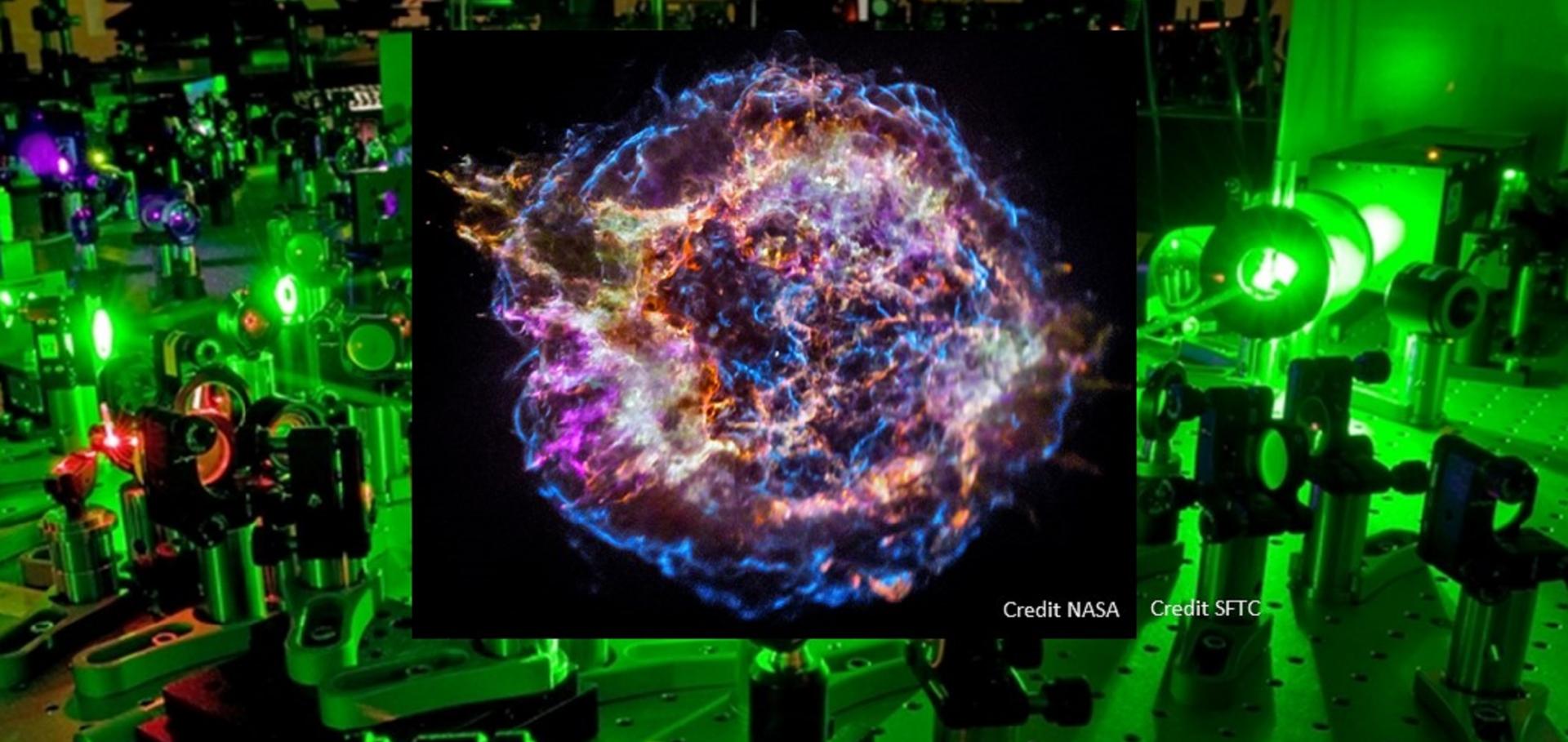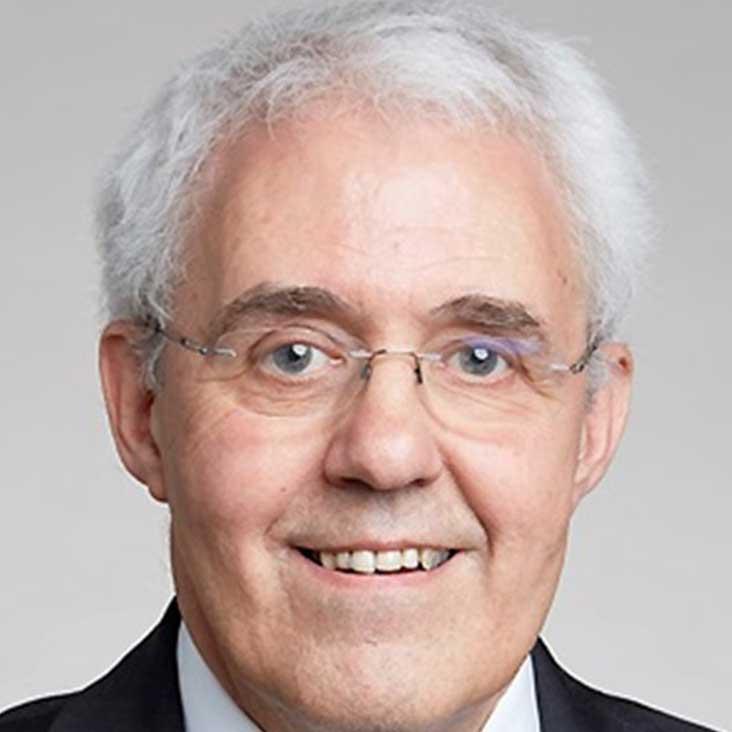The interaction of cosmic rays and magnetized plasma
MONTHLY NOTICES OF THE ROYAL ASTRONOMICAL SOCIETY 358:1 (2005) 181-187
Turbulent amplification of magnetic field and diffusive shock acceleration of cosmic rays
Monthly Notices of the Royal Astronomical Society 353 (2004) 550-558
An implicit Vlasov-Fokker-Planck code to model non-local electron transport in 2-D with magnetic fields
JOURNAL OF COMPUTATIONAL PHYSICS 194:1 (2004) 1-34
Resistive Collimation of Electron Beams in Laser-Produced Plasmas
Physical Review Letters 91 (2003) 035003 4pp
Nonlocal magnetic-field generation in plasmas without density gradients.
Phys Rev Lett 88:4 (2002) 045004


